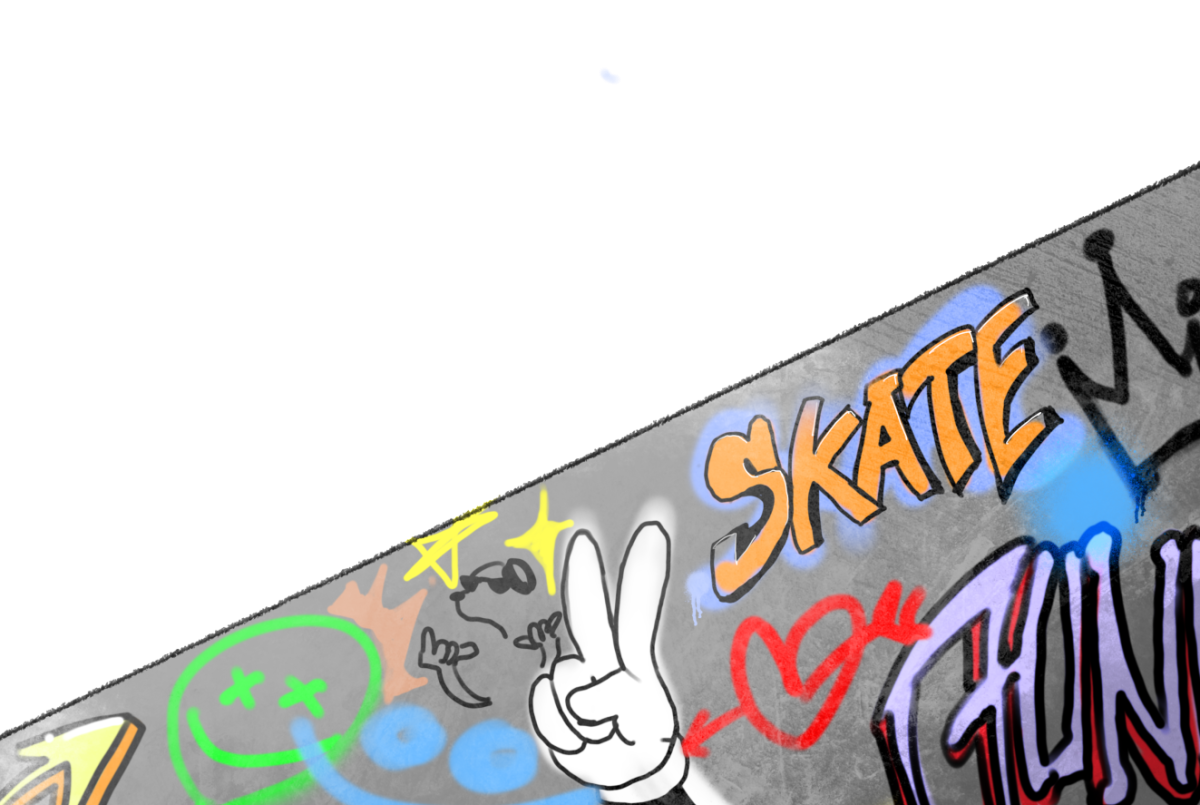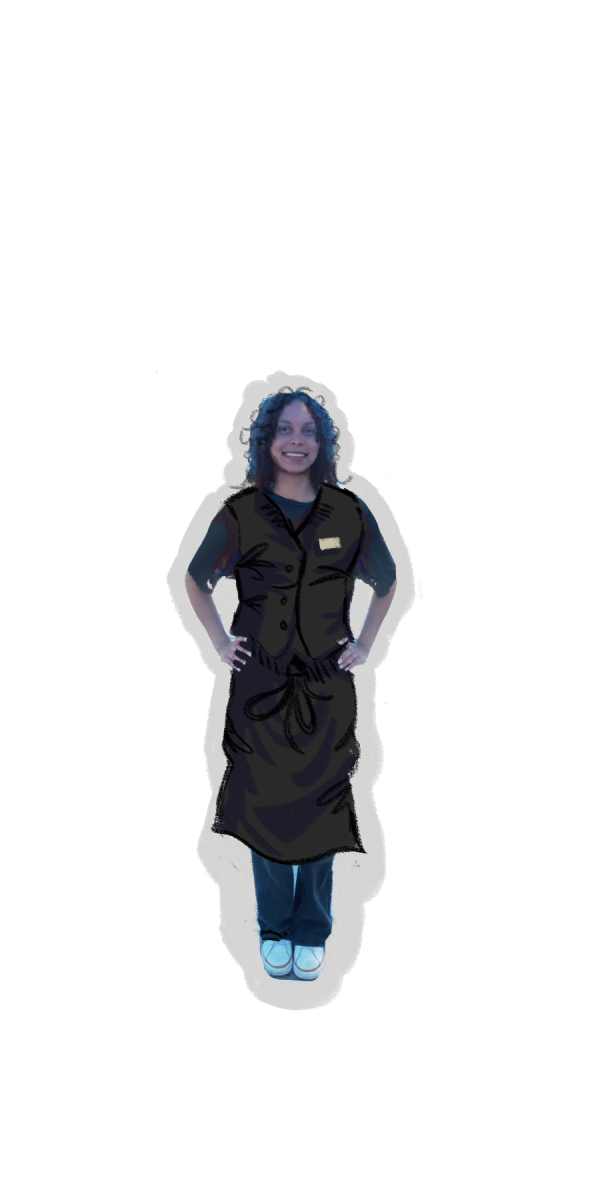Written by Carolyn Kuimelis and Clara Kieschnick-Llamas
In Gunn’s small, 100-seat theatre, 24 students sat in a circle on the scuff-marked stage. Two of them stood in front of a whiteboard, jotting down notes, while each person spoke over the other, trying to get their ideas heard. The class was soon to release a video titled “Just Because.” The creation of the film involved vulnerability, trust and confidence, as the students opened up about how stereotypes had affected them and their community.
With over 1,900 views, “Just Because” aims to defeat preconceptions that people may subconsciously form about certain groups. The video is based off of a poem by Esther Kamkar, in which she writes about her personal attributes and the false stereotypes that accompany them.
District art director Sharon Ferguson, who works down the hall from Kamkar, was touched by the poem Kamkar had written, and decided that it would be an excellent project for a high school class. “It seemed like a great way to have a voice about stereotyping,” she said.
She then met with Gunn Theatre teacher Jim Shelby, who proposed the idea to his Theatre 2 class.
Shelby picked Theatre 2 for the project because of their unique perspectives. “They’re a great group,” he said. “They’re 24 really thoughtful, sincere, risk-taking young theatre artists.”
Initially, the students were unsure of the project. Ferguson’s original plan was to have each student write a poem in the same format as Kamkar’s, including three lines after each topic. The individual poems would be edited together. However, in the end, the class changed its mind and decided to take on the project. “We decided to just do it, but kind of take control of it ourselves,” sophomore Kyle Petersen said.
At first, sophomore Zoe McKeown felt apprehensive about the idea of making a video that would involve so much vulnerability. “I have to admit, in the beginning I was like, ‘Oh my God, guys, what if we get made fun of when we make this video?’” she said. However, as the students began crafting the video as their own, they were able to overcome their hesitance.
One of the ways they made their video different from the poem was by expanding on the format to include multiple lines after every topic. “We felt that there was more to each stereotype than just three lines,” sophomore Eric Her said.
The students also made a point of avoiding adult voice in the script. “Everything you hear in the video was written not by some adult in a boardroom, but with the passion of teenagers writing for teenagers,” sophomore Henry Alper said.
“Just Because” was not so much directed at teenagers in the community, but at adults. Theatre 2 students hoped that Palo Alto students would find solace in the video’s message, and that parents would gain a better understanding of what their kids are going through. “I think it’s more helpful for adults because here at Gunn, we’ve more or less embraced the fact that people can be what they want,” sophomore Advait Arun said. “But I know that parents can act differently toward these sorts of events, and a video like this would help them see that their kids are finding their own identities.”
Ferguson hoped that, after watching the video, viewers would understand that there is more to Gunn students that what appears on the surface. “[I hoped] that [viewers] would realize how incredible students at Gunn are,” she said. “The depth of their understanding, the range of their feelings. They understand what’s important to them and they’re incredibly articulate, if we just take the time to listen to that.”
Junior Olivia Ellson found that discussing stereotyping with her classmates was the most rewarding part of the process. “At least for me, [the video] wasn’t really for other people,” she said. “For me, it was more of working together as a class. The process of making it was much more important to me than the final product.”
Similarly, McKeown was proud of her classmates for opening up about sensitive topics that were close to their hearts. “They were all things that we had written ourselves, they were all things that we had gone through and I was surprised, too, that so many people were open about talking about mental illness,” she said. “I think there was a lot of bravery in that.”
Ultimately, with such varied perspectives and vulnerability, the students hope that their video leaves its viewers with a resounding message of how important it is to be open and compassionate to those around you. “We’re always looking for ways to be good to students,” Ferguson said. “The best way we can do that is to listen.”













anonymous • Aug 10, 2016 at 1:33 am
nice job on the video, my only problem with it is that it implies those who self-harm and/or are suicidal are a stereotype. those who struggle with self-harm and suicidal thoughts and actions are not a stereotype. also, it’s not a bad thing to be a queer person with only queer friends. in a widely transphobic and homophobic world, it’s really pretty common. xx